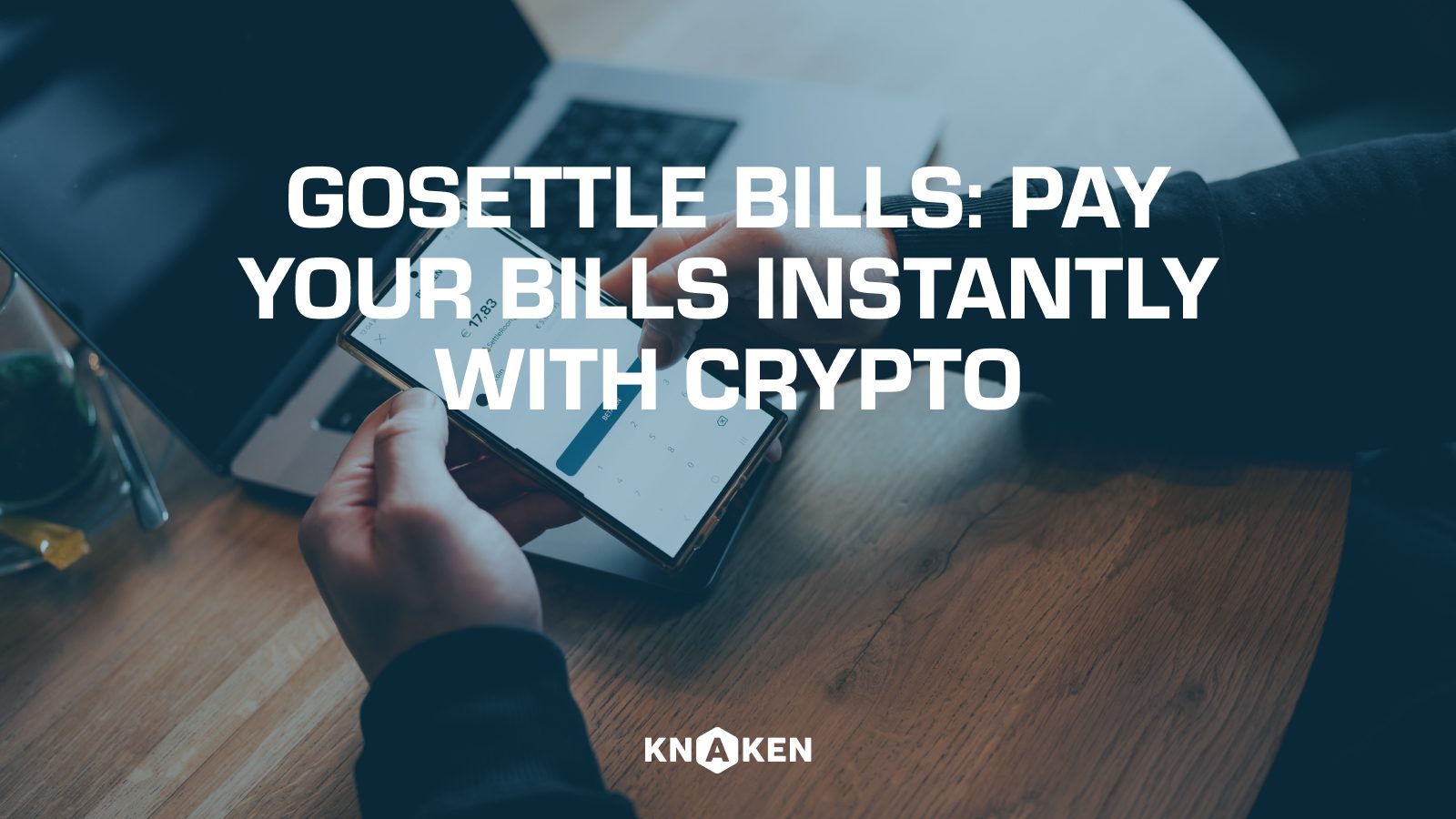Stop-Loss Orders in Cryptocurrency Trading
Introduction to Stop-Loss Orders
Stop-loss orders are essential tools in the realm of cryptocurrency trading, providing traders with a strategy to minimize losses and manage risk effectively. A stop-loss order is an instruction given to an exchange to sell a cryptocurrency when its price reaches a specified level, therefore limiting potential losses in a volatile market. Understanding how stop-loss orders function is crucial for both novice and experienced traders aiming to navigate the unpredictable nature of cryptocurrencies.
How Stop-Loss Orders Work
The mechanics of stop-loss orders are relatively straightforward:
- **Place an Order:** A trader sets a stop price, which is the price at which the stop-loss order will be triggered.
- **Trigger Conditions:** Once the market price of the asset reaches the stop price, the stop-loss order becomes a market order to sell the cryptocurrency.
- **Execution:** The trade is executed at the best available market price once the stop price is breached.
For example, a trader who owns Bitcoin at $50,000 may set a stop-loss order at $48,000. If Bitcoin’s price drops to $48,000, the stop-loss order would be triggered, and the exchange would automatically sell the Bitcoin, minimizing the potential loss.
Types of Stop-Loss Orders
There are several types of stop-loss orders available to traders, each serving different strategies:
- **Standard Stop-Loss Orders:** A basic order that triggers a market sell when the stop price is hit. This type does not guarantee the price at which the order will be executed, especially in volatile markets.
- **Trail Stop-Loss Orders:** This dynamic order adjusts the stop price by a specified amount or percentage as the market price moves in favor of the trade. It locks in profits while providing a safety net if the price reverses.
- **Stop-Limit Orders:** This type combines a stop-loss order with a limit order. Once the stop price is reached, a limit order is placed instead of a market order, allowing the trader to set the lowest price at which they are willing to sell.
Benefits of Using Stop-Loss Orders
Utilizing stop-loss orders in cryptocurrency trading can offer numerous advantages:
- **Risk Management:** Stop-loss orders are instrumental in limiting potential losses, allowing traders to maintain control over their investments.
- **Emotional Discipline:** Automating trades through stop-loss orders helps traders avoid impulsive decisions based on emotional reactions to market fluctuations.
- **Time Efficiency:** Traders can set stop-loss orders and focus on other investment opportunities without constantly monitoring market conditions.
- **Flexibility:** Various types of stop-loss orders provide traders with options to fit their strategies, whether for short-term trading or long-term investing.
Challenges and Considerations
While stop-loss orders are powerful tools, there are several challenges and considerations to keep in mind:
- **Slippage:** In highly volatile markets, the execution price may differ from the specified stop price due to slippage, leading to larger-than-expected losses.
- **False Triggers:** Market fluctuations can trigger stop-loss orders prematurely, especially in erratic markets, resulting in the unintentional sale of assets.
- **Market Conditions:** A sudden market dip or spike may bypass the stop price, potentially leaving a trader with losses larger than anticipated.
Conclusion
In conclusion, stop-loss orders are crucial elements of effective risk management in cryptocurrency trading. By providing a way to automate selling decisions, they empower traders to mitigate losses, maintain emotional discipline, and enhance overall trading efficiency. However, awareness of the potential pitfalls associated with stop-loss orders is equally important, as market conditions can lead to slippage or false triggers. Therefore, understanding and strategically applying stop-loss orders can help traders navigate the complexities of the cryptocurrency market more successfully.


















